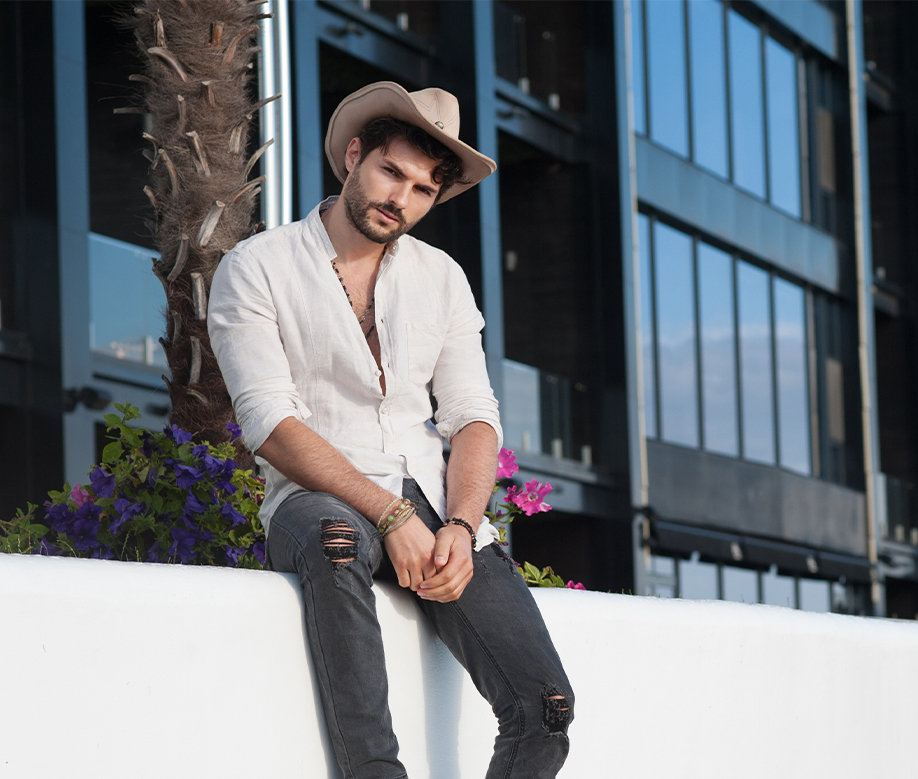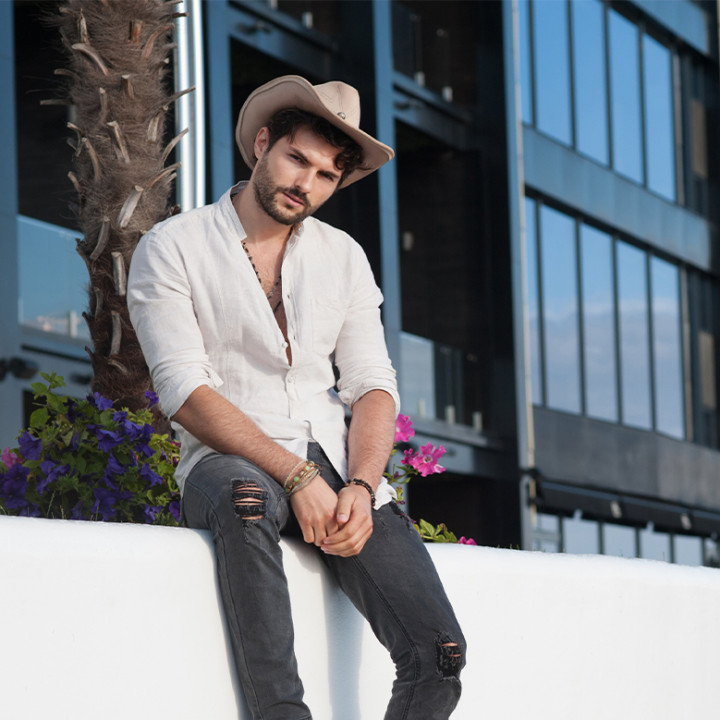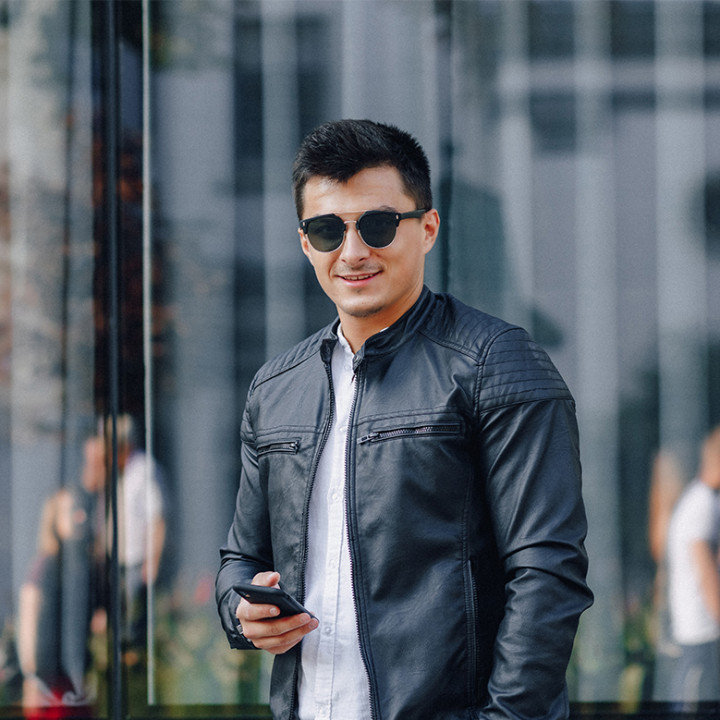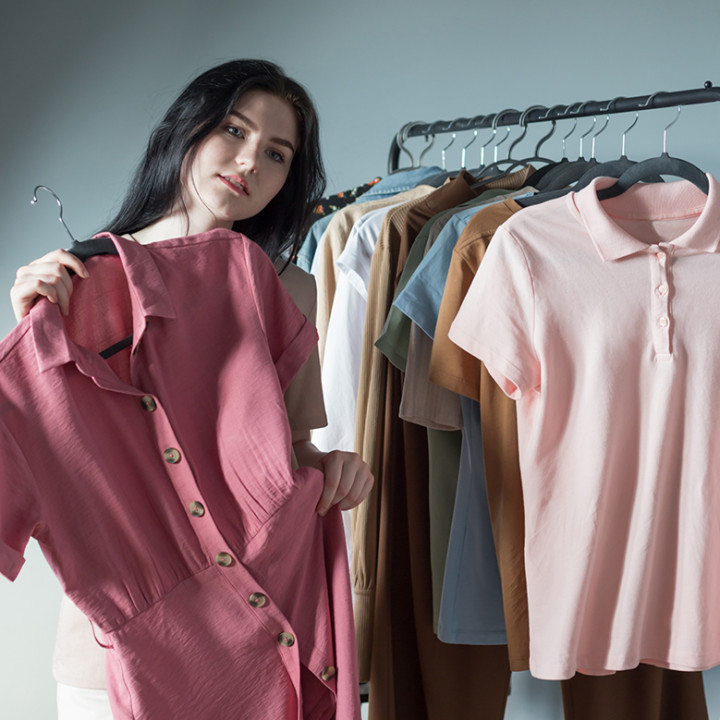
Dress to Impress: A Guide to Creating Stylish Outfit Color Palettes
Choosing the right colors for your outfit is an art that can transform your look from ordinary to outstanding. Whether you want to make a bold statement or prefer a more subtle, elegant vibe, mastering color coordination is the key to dressing stylishly. The right color palette not only enhances your appearance but also boosts confidence and ensures you stand out for all the right reasons. Let’s explore how to build stylish color palettes that suit every occasion.
Understanding Color Theory for Fashion
Before diving into outfit combinations, it's helpful to understand the basics of color theory. Here are three essential concepts:
Complementary Colors: These are colors opposite each other on the color wheel (e.g., blue and orange, red and green). They create a striking contrast that makes an outfit pop.
Analogous Colors: These are colors that sit next to each other on the wheel (e.g., blue, teal, and green). They offer a harmonious and sophisticated look.
Monochrome Tones: Wearing different shades of the same color creates a sleek and polished effect. This is a great choice for those who prefer subtle elegance.
How to Build a Stylish Outfit Palette
Now that we understand the basics of color, let’s explore how to apply them to your outfit choices:
1. Start with a Base Color
Your base color should be a neutral or a soft shade that complements your skin tone. Classic choices like black, white, gray, navy, or beige provide a strong foundation for your outfit. Once you have this base, you can build on it with other colors.
2. Add a Statement Color
To make your outfit visually interesting, add one statement color that contrasts or complements your base. If your base is navy, you might introduce mustard yellow for a pop of vibrancy. If your base is white, deep burgundy or emerald green can add richness to your look.
3. Balance with a Secondary Shade
A secondary color helps tie your outfit together. This shade should blend well with both the base and statement colors. For example, if your base is charcoal gray and your statement color is forest green, a muted beige or light brown can act as the secondary color to maintain harmony.
4. Use Neutrals for a Classic Touch
Neutrals are timeless and work well in almost any combination. They help balance brighter colors and create an effortlessly stylish appearance. When in doubt, mix bold colors with neutral tones for a refined and balanced look.
Timeless Color Combinations to Try
If you’re unsure where to start, these stylish combinations are always a great choice:
Black & Camel – A sophisticated blend of deep and earthy tones.
Navy & Burgundy – A rich, classic combination perfect for formal and casual looks.
Olive Green & White – A fresh and modern pairing.
Brown & Light Blue – A warm yet refreshing contrast.
Gray & Soft Pink – A subtle and elegant duo.
Mastering outfit color palettes doesn’t require a fashion degree—just a bit of creativity and an understanding of balance. Whether you’re dressing for a casual day out or a formal event, the right color choices can elevate your look and leave a lasting impression. Experiment with different shades, find what suits your style, and most importantly, wear your colors with confidence!




